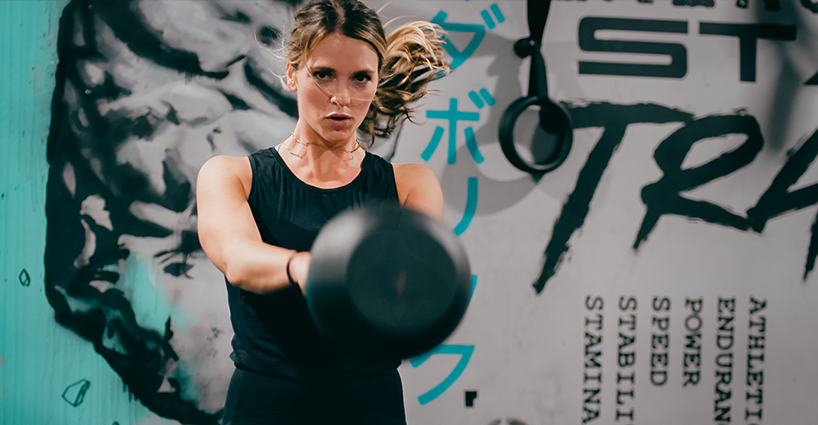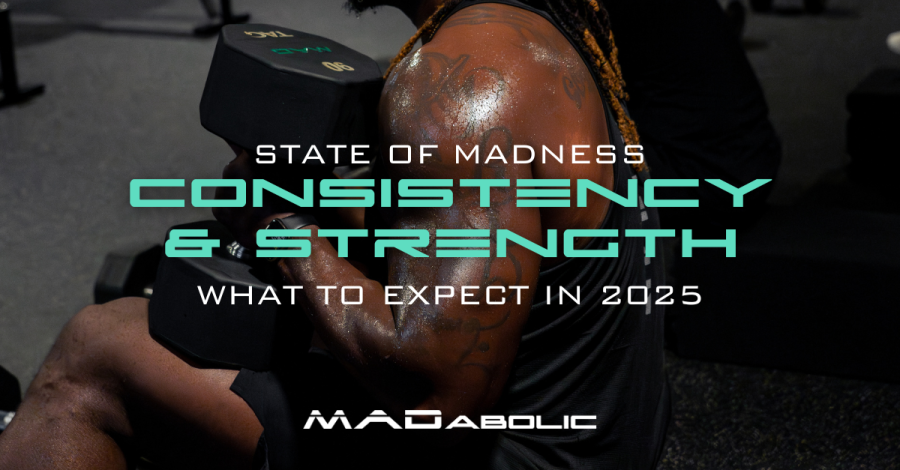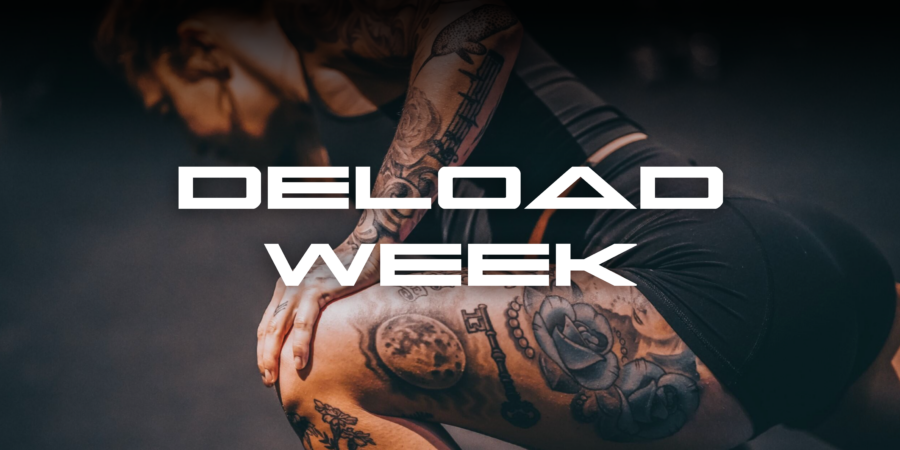Throw a rock at any MADabolic training floor nationwide, and you’ll probably hit someone performing a kettlebell swing. A hardstyle swing, that is. At no point will we direct our clients to bring the bell overhead on a swing. Because projecting horizontally is straight up safer and bio-mechanically superior.
Why? Oof. Where do we start…
The purpose of the swing is to develop explosive hip power, not to tax our shoulders by going overhead.
The swing is a hinge-dominated movement and is one of the most powerful representations of how the hips and core work together effortlessly. Arms should be like hooks as your vertical hip power projects the bell horizontally. Think of it as a dynamic deadlift.
As soon as you begin to bring the bell overhead, you lose touch with the movement’s origins and activate your shoulders to complete a movement that was intended to unload your arms.
Loss of the plank.
Whether your poison is hardstyle or overhead, the swing is a highly ballistic hip hinge that should finish in a standing plank.
Now consider the shoulder mobility required to complete an overhead swing while maintaining that perfect plank. The closer together your hands (like when gripping the horns of a kettlebell), the worse your overhead mobility becomes. So what ends up happening when the majority of people swing a bell overhead? Their lumbar spine hyperextends and they push their heads forward to complete the overhead movement.
Getting the bell overhead should never come at the cost of losing the plank at the height of the swing. It defeats the movement’s purpose entirely, and is just one more indication that the time you spend between horizontal and overhead is a waste of motion. Having to do awful things to your posture to perform a movement should be a clue that something is wrong.
“But bringing the bell overhead = more work.”
Through a flawed grasp on physics, proponents of the overhead swing will argue that moving the bell overhead somehow equals more “work.”
Since we can all agree that the swing is a hip hinge, we should also be able to agree that this means the release of energy occurs once you’ve fully extended your hips. In a well-performed swing, the hips extend at about the same time the upper arms separate from the rib cage. The bell will still be below waist height at this point, so as far as the swing is concerned, you’re finished. The rest is just waiting until the bell begins its downward journey so you can hike it back and hinge again.
Even in a flawlessly executed overhead swing (probably performed by an athlete with freakish shoulder mobility and a powerful hip hinge), you’d generate the same amount of power as you would in a hardstyle swing. And due to the time you save by not going overhead, you have the opportunity to train under greater volume, but with more technical correctness and dramatically reduced injury risk.
The overhead swing has NO place on our training floor.
In an effort to modernize an ancient training tool and one of the most foundational exercises in all of fitness, we’ve actually made things worse by introducing the overhead swing. They inflict AC joint damage, enforce the bad habit of overextending your back, and neglect to actually help you train the hinge better.



